AO Edited
Vestiges of the Berlin Wall
On the Spree bank, discover one of the last reminders of a symbolic wall that divided, and was torn down by the people.
When the wall separating East and West Berlin fell in 1989, artists sought to reclaim something which had been untouchable for so long, and transform it from a symbol of oppression into an expression of freedom.
What resulted can still be seen today, stretching along the former borderline that ended at the Spree and Mühlenstrasse. Popularly known as the East Side Gallery, this series of 105 permanent murals forms an open air art space that runs for more than a kilometer down the Wall’s eastern face. The works were painted by street artists from all over the world following a merger of Germany’s two large art collectives, VBK and BBK. Though ranging in stylistic form and content, the themes expressed across their faces are united in an almost euphoric feeling, expressing a belief in a brighter, better future the artists believed lay just around the corner.
Though the place never wavered in its status as a destination for visitors from the outside, and Berliners generally thought favorably of the installation’s presence in their city, once reunification had become the city’s “new normal,” a lack of care had begun to take its toll on the East Side Gallery. By the turn of the new millennia, the East Side Gallery had incurred a significant amount of damage; an estimated two-thirds of the murals had either been vandalized or were noticeably decaying due to negligence. A period of restoration took place in 2009 to help, executed by friends of the gallery. Despite this, in 2013, a property development company even went so far as to slate a portion of the wall for demolition without notifying the muralists whose work would be affected, as this bit of history stood in the way of modern progress.
The East Side Gallery remains in danger of falling victim to this “home-blindness” today. And, much like inconvenient history itself, “if you don’t see it, you don’t think of it,” which makes sparing some time to commune with the increasingly invisible-in-plain-sight gallery along the wall even more imperative.
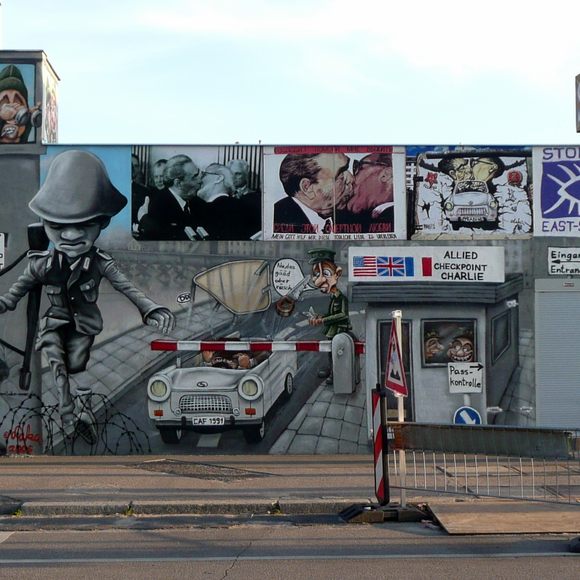

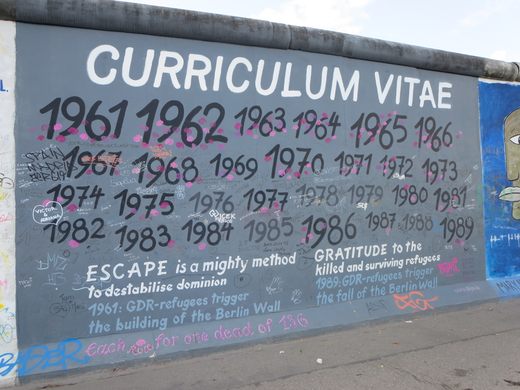
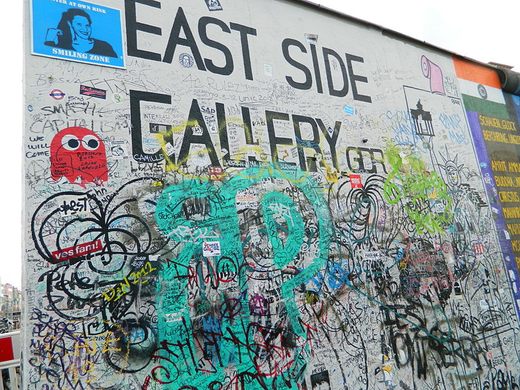



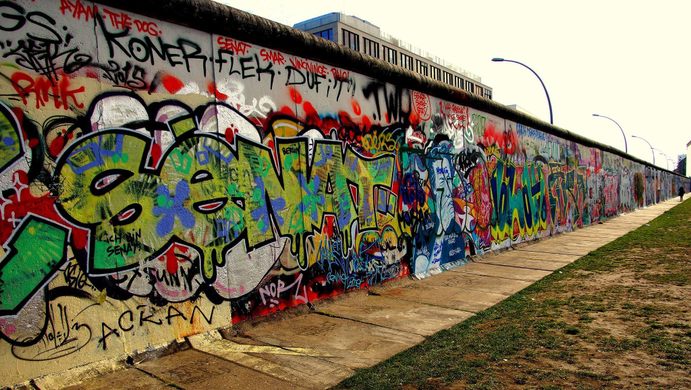






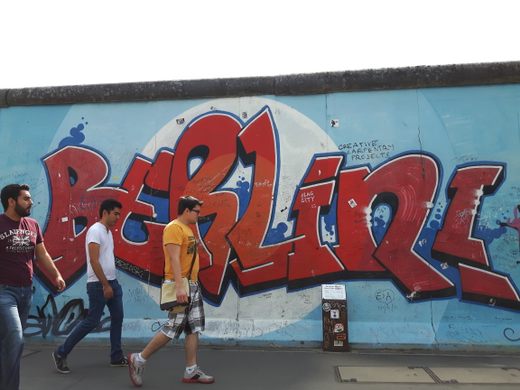
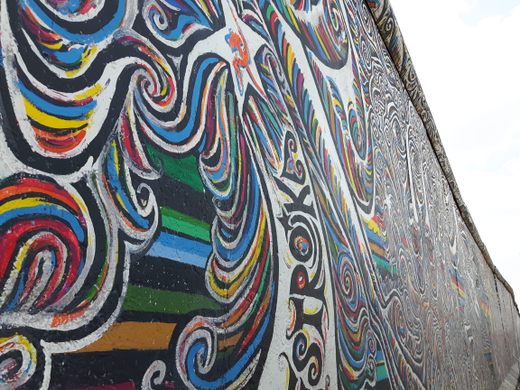




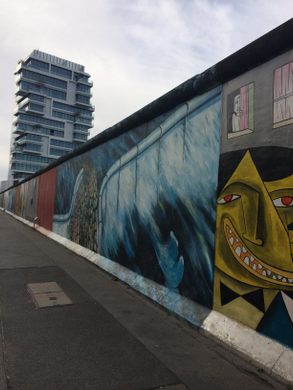



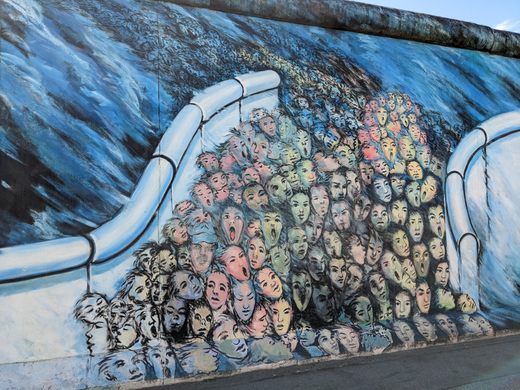






























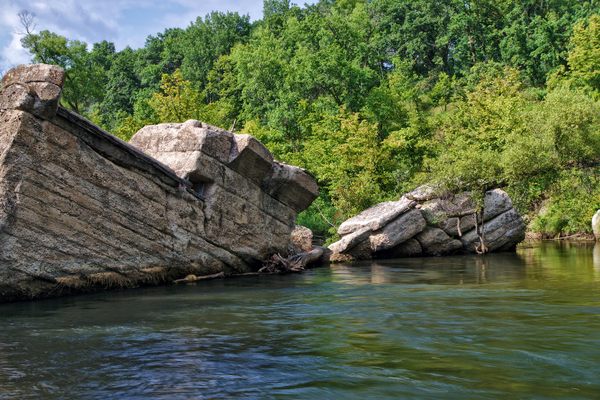

Follow us on Twitter to get the latest on the world's hidden wonders.
Like us on Facebook to get the latest on the world's hidden wonders.
Follow us on Twitter Like us on Facebook